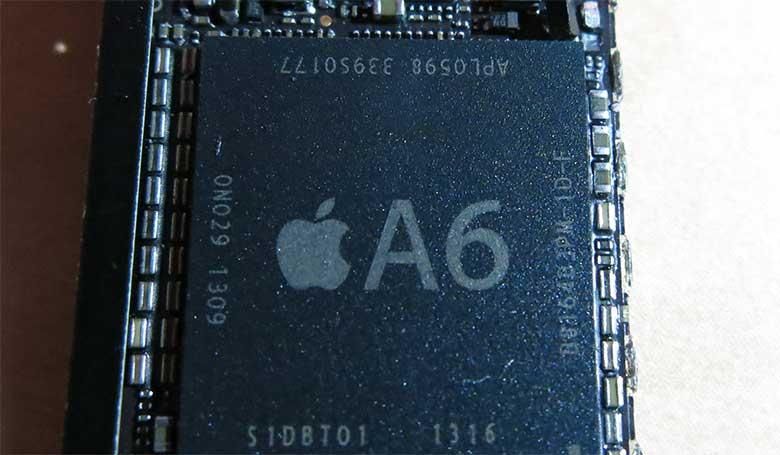When the government announced late last month that it no longer needed Apple’s help to break into a locked iPhone 5c handset, we found ourselves left with more questions than answers. Would Apple face similar legal pressure in the future, the next time an encrypted device found itself tied to a terrorism investigation? Was there actually anything worth finding on the iPhone central to this case? And how exactly did the FBI ultimately crack its way in? It may be some time before we have all those answers, if we get them at all, but we know Apple itself has been especially curious about that last one, hoping to learn the details of the FBI’s vulnerability and patch it, to better secure iPhones everywhere. While the specifics still aren’t public, the agency has just revealed one important detail regarding the scope of its hack.
According to FBI Director James Comey, the technique used to access the iPhone 5c in this case won’t work on newer iPhones, or even the iPhone 5s.
While that doesn’t confirm exactly how the hack worked, the distinction being drawn here may suggest that it’s specifically the lack of the Secure Enclave on the iPhone 5c’s A6 SoC that renders the phone vulnerable: that extra hardware security debuted with the A7 SoC we find on the iPhone 5s.
Apple’s probably still interested in getting the full details on the attack, but the note that the vulnerability isn’t present on any modern iPhone hardware sounds like it’s going to be a big relief, all the same.

